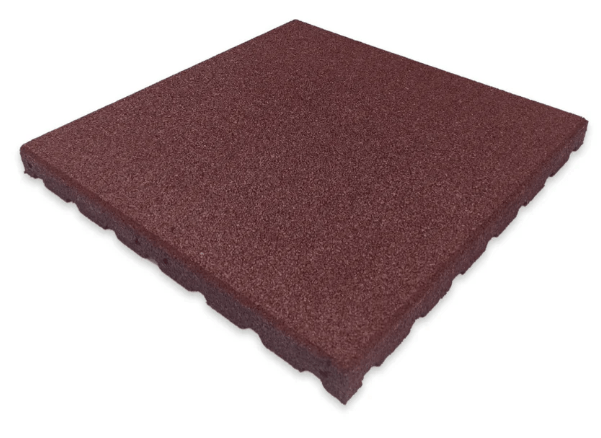When it comes to providing a safe, clean, and comfortable environment for horses, one of the most essential investments a stable owner can make is in high-quality horse stall mats. These mats serve a wide variety of purposes—from enhancing comfort and improving hygiene to reducing bedding costs and protecting the underlying floor surface.

In this article, we’ll explore what horse stall mats are, their benefits, key features to look for, and tips on installation and maintenance.
What Are Horse Stall Mats?
Horse stall mats are heavy-duty rubber or foam mats designed to be placed on the floor of horse stalls. They provide a stable, non-slip, cushioned surface for horses to stand, lie down, and move around on. The mats typically come in standard sizes (such as 4’ x 6’ or 12’ x 12’) and various thicknesses, ranging from 1/2 inch to 3/4 inch or more, depending on the intended use.
Although originally designed for equestrian use, horse stall mats are now commonly used in other settings, such as home gyms, garages, and workshops, due to their durability and shock-absorbing qualities.
Why Use Horse Stall Mats?
There are many compelling reasons to install horse stall mats in your barn or stable:
1. Comfort for Horses
A properly padded floor is critical for horse health. Standing or lying on hard surfaces like concrete or compacted dirt can lead to joint pain, hoof damage, and fatigue. Horse stall mats provide cushioning that supports joints and hooves, encouraging horses to lie down more often and rest properly.
2. Improved Hygiene
Mats create a barrier between the horse and the underlying floor, preventing urine and waste from soaking into the ground. This makes the stall easier to clean and helps reduce ammonia buildup, which can harm both equine and human respiratory systems.
3. Cost Savings on Bedding
Because stall mats offer cushioning, you may use less straw, shavings, or other bedding materials. Over time, this can result in substantial savings while still keeping your horse comfortable.
4. Slip Resistance and Safety
Mats made of non-slip rubber help reduce the risk of injury from slipping, especially in wet conditions. This is particularly important for older horses or those recovering from injury.
5. Durability
High-quality rubber mats can withstand years of wear and tear from horse traffic, manure, urine, and regular cleaning. They protect the floor beneath and maintain their structural integrity over time.
Types of Horse Stall Mats
When choosing horse stall mats, you’ll encounter several types:
1. Straight Edge Mats
These are basic, rectangular mats that lay flat side-by-side. While affordable and simple to install, they can shift over time unless tightly packed.
2. Interlocking Mats
These mats fit together like puzzle pieces, creating a more stable surface that is less likely to shift. They’re especially useful for larger stalls or high-traffic areas.
3. Rolled Rubber Flooring
This type comes in large rolls and is ideal for covering wide areas without seams. However, it may be more challenging to install and transport.
4. Foam-Core Mats
While softer and lighter than rubber mats, foam-core mats are less durable and best suited for temporary setups or lightweight use.
Key Features to Look For
Not all horse stall mats are created equal. Here are a few factors to consider when shopping:
1. Material
Rubber is the gold standard for durability and performance. Look for mats made from recycled or vulcanized rubber, which resists cracking and curling.
2. Thickness
Thicker mats offer more cushioning and durability. A thickness of 3/4 inch is often recommended for full-grown horses.
3. Drainage
Some mats are designed with grooves or a textured underside to promote drainage. This feature helps keep the surface dry and reduces odor.
4. Ease of Cleaning
Smooth surfaces are easier to clean and disinfect. Textured surfaces may offer better grip but require more effort to clean thoroughly.
5. Non-Toxic and Odor-Free
Ensure the mats are made from non-toxic materials and do not emit strong chemical odors that could irritate horses.
How to Install Horse Stall Mats
Installing horse stall mats properly is key to their effectiveness and longevity. Here’s a basic overview of the installation process:
Step 1: Prepare the Surface
Ensure the stall floor is level, compacted, and free of debris. A layer of crushed gravel or limestone is often recommended as a base.
Step 2: Measure and Cut
Measure the stall dimensions and cut the mats to fit snugly, using a utility knife and straight edge. Interlocking mats can simplify this step.
Step 3: Lay the Mats
Start from one corner and lay the mats tightly against each other. Avoid gaps where dirt or urine can seep through.
Step 4: Secure if Needed
In high-traffic areas, consider securing the mats with rubber adhesives or anchors to prevent shifting.
Maintenance Tips
Once installed, horse stall mats require regular maintenance to ensure hygiene and safety:
- Daily Cleaning: Remove manure and soiled bedding promptly.
- Weekly Scrubbing: Hose down the mats and scrub with mild detergent or a specialized disinfectant.
- Odor Control: Use barn-safe deodorizing powders or sprays if odors become an issue.
- Periodic Lifting: Every few months, lift the mats to clean underneath and check for moisture buildup.
Cost Considerations
The price of horse stall mats varies depending on size, material, and brand. On average, expect to pay:
- $40 to $80 per 4’ x 6’ rubber mat
- $100 to $300 for larger interlocking sets
- $3 to $10 per square foot for custom or premium options
While the upfront cost may seem high, the durability and benefits typically justify the investment over time.
Conclusion
Whether you’re running a professional stable or caring for a single horse at home, horse stall mats offer a reliable, long-term flooring solution that improves comfort, cleanliness, and safety. By choosing the right type and maintaining them properly, you’ll enhance your horse’s quality of life while potentially saving on bedding and labor costs.
In short, horse stall mats are more than just a flooring option—they’re an essential part of a well-managed barn. When you consider the well-being of your horses and the convenience they bring to daily chores, it’s easy to see why they’ve become a standard in equestrian care.



